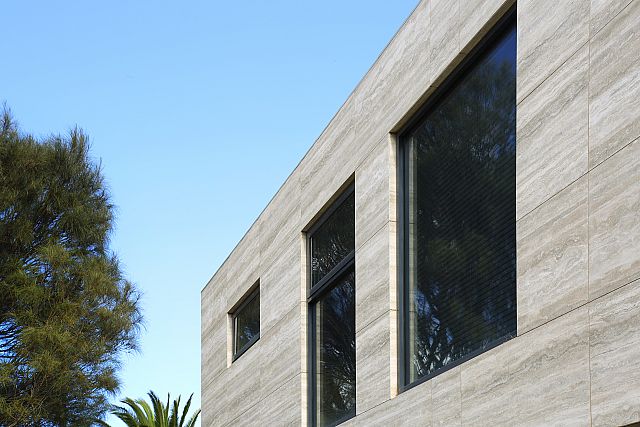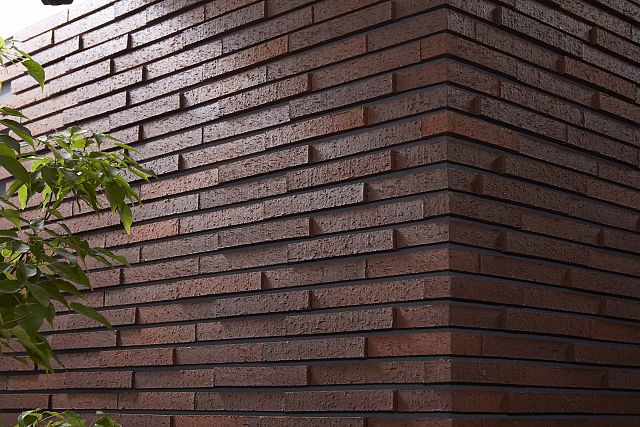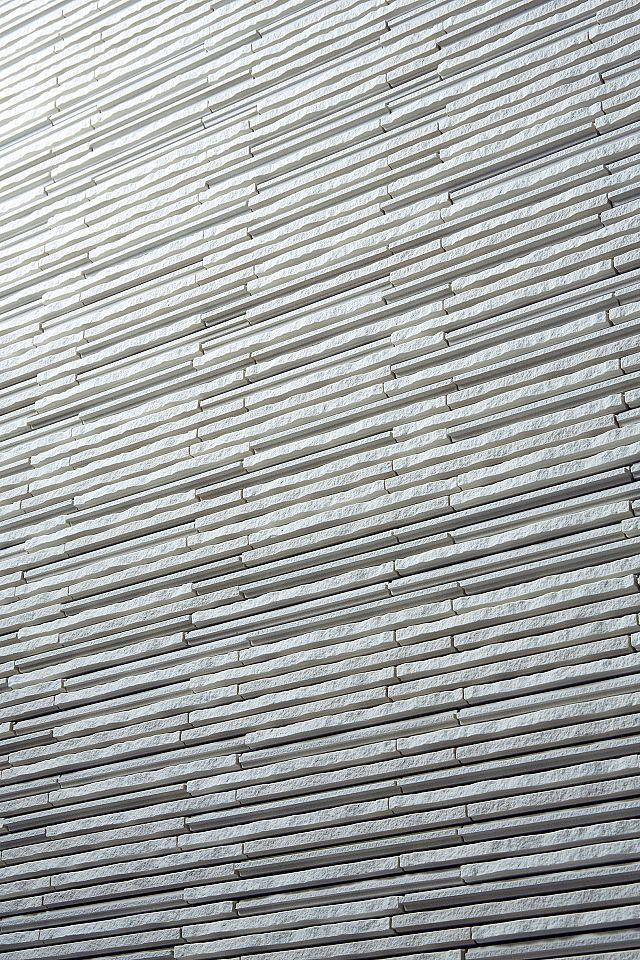Walking through Australia’s cities and suburbs, you’d be forgiven for thinking that aluminium panels and cement render had become default materials for the cladding of buildings. Perhaps one of the reasons that they’re so noticeable is that neither age particularly well. An aluminium facade can quickly become shabby, with wear and tear from the elements and physical impact most noticeable at street level. And render “simply a layer of cement applied to a vertical substrate and painted” is inherently susceptible to degradation in the form of unsightly salt leaching, fading paint and cracking caused by building movement.



















Then there are the safety concerns. Flammable aluminium composite panels have been implicated in the rapid spread of flames at serious building fires all around the world. In Australia, buildings that have been found to have been clad in panels that don’t comply with building code requirements are now going through the expensive process of being re-skinned.
Unsurprisingly, this has fuelled an increased interest in non-combustible cladding materials, and a very old material, used in a new way, is providing a third option, one thats beautiful, strong and fire-safe.
Learning from Japanese ingenuity
Japan has a long history of dealing with a challenging building environment. The frequency of earthquakes there, up to a couple of thousand a year, means that building with brick is generally avoided. One common alternative, which perfectly combines Japanese ingenuity and aesthetic beauty, is to build with concrete slabs and clad them in ceramic tiles. The Japanese ceramics come in a range of dimensions and styles, some designed to replicate the look of brick and others purely decorative. Together they create a building skin thats much more durable than cement render and aluminium panels, and completely non-combustible.
One famous example of this approach, that crosses over into Western architectural folklore, is the Imperial Hotel in Tokyo, designed by Frank Lloyd Wright. A father-and-son team, Hatsunojo and Chozaburo Ina, was appointed to oversee the production of tiles to be applied to the hotel’s exterior. After the project’s completion, Chozaburo founded his own company, Inax, which 100 years later is still a world leader in the design and production of ceramic tiles. And now, those tiles are available in Australia, from Artedomus, in a range that includes layered textures, brick effects and geometrical motifs.
Two options for specifying architectural ceramics in Australia
To help Australian architects and designers specify external ceramic cladding, Artedomus has coined the term architectural ceramics. This includes the kind of tiles offered in the Inax range, and also a second option well suited to large-scale applications, Artedomus’s MAXIMUM and Artetech ranges of porcelain panels.
Made from all-natural materials “simply clay, sand and quartz, which is heated and mixed” they’re UV stable, so don’t change appearance with sun exposure; they don’t stain and aren’t susceptible to acid attack; and are practically impervious to damage. And because they’re so strong, they are produced with profiles as thin as 3mm, which makes them light enough to be glue-fixed (the adhesive supplier provides a warranty on applications up to 15m – beyond that height, facade systems and other mechanical fixings can be used).
MAXIMUM and Artetech porcelain panels come in styles that replicate the effects of everything from concrete and natural stone to metal surfaces, and with textural patterns. With all of those options, the myriad architectural effects that can be created with Inax tiles, and the vastly superior durability and safety of porcelain panels and ceramic tiles, surely the dominance of aluminium panels and cement render in Australia is coming to an end.